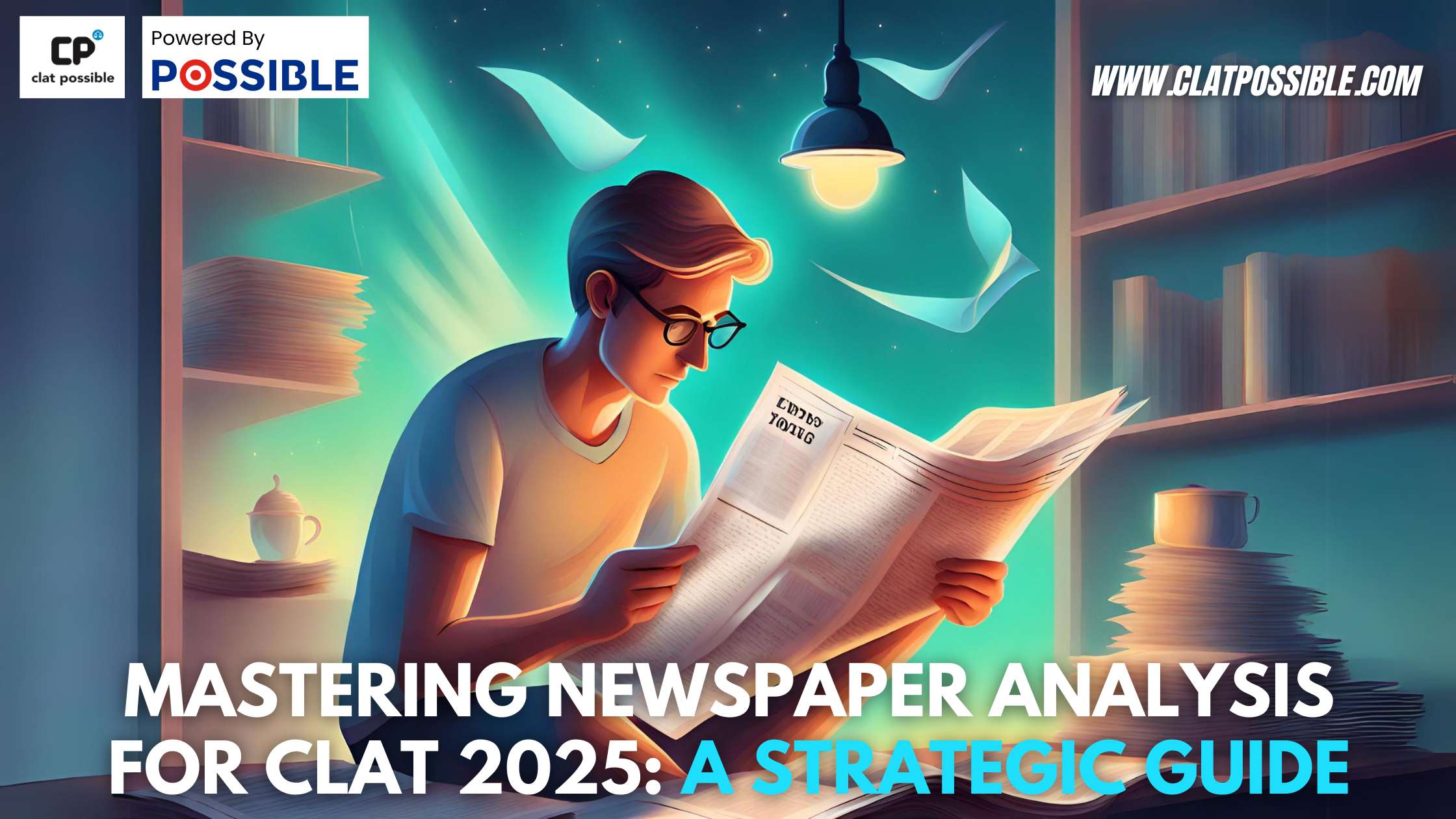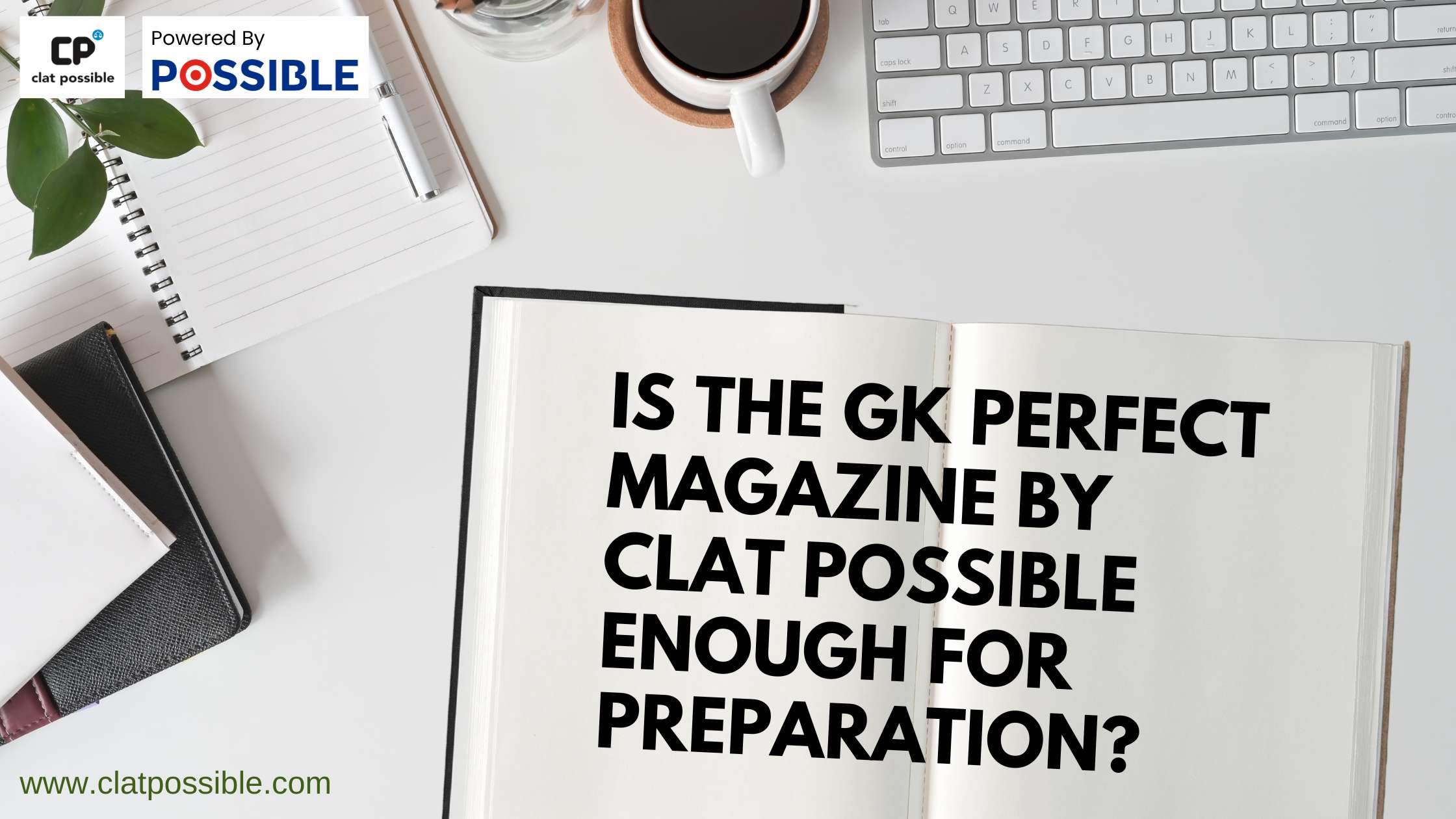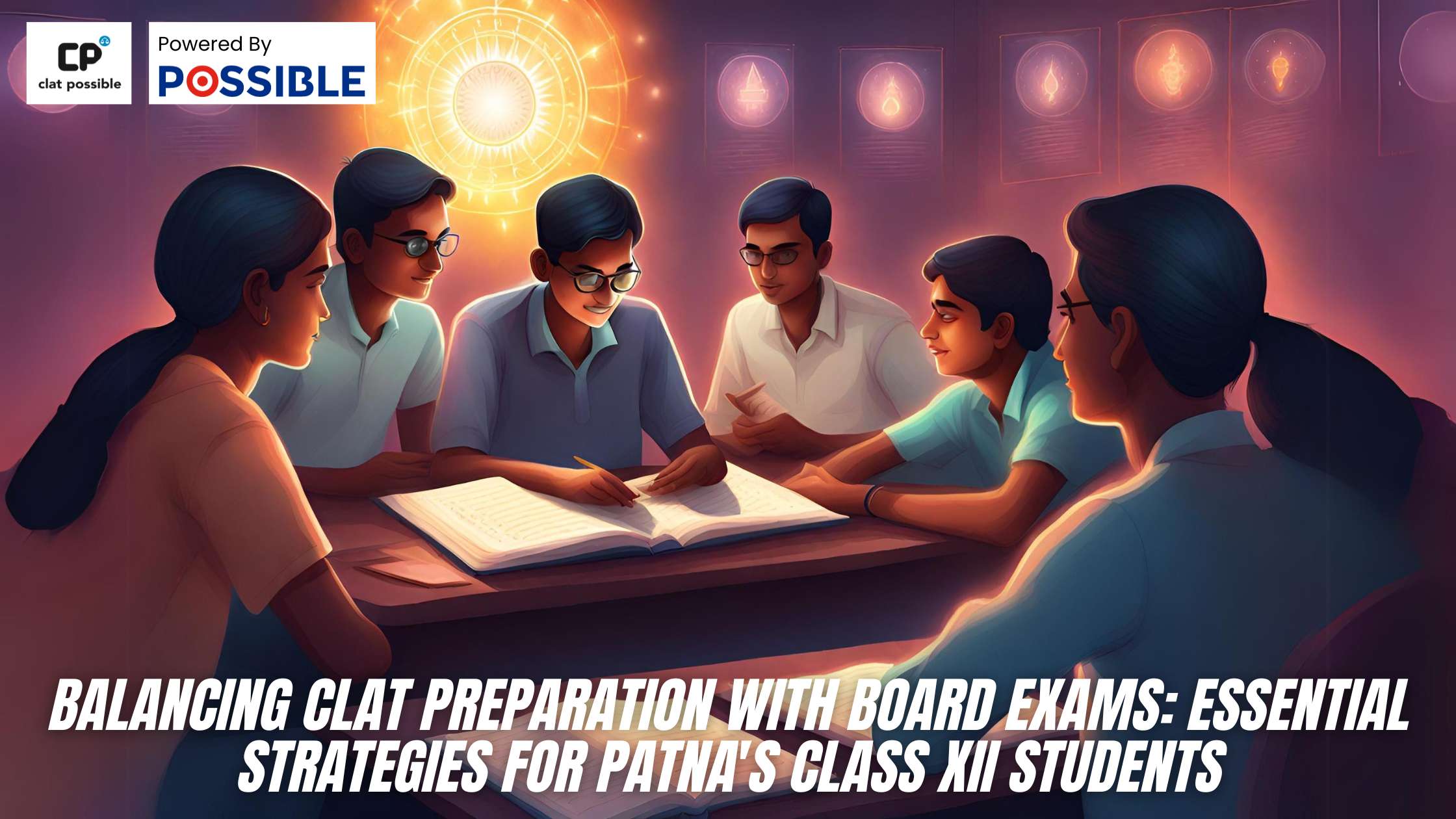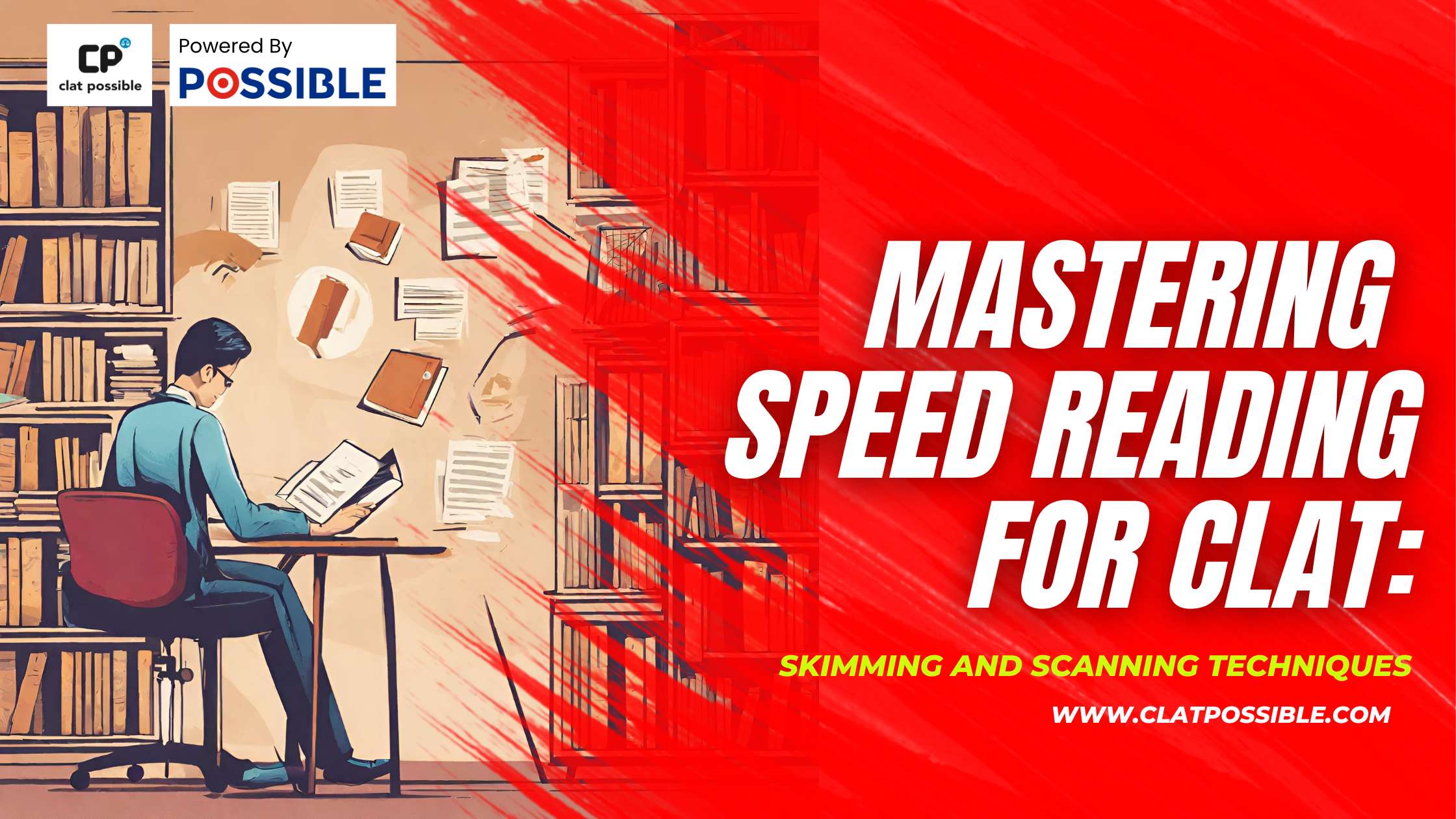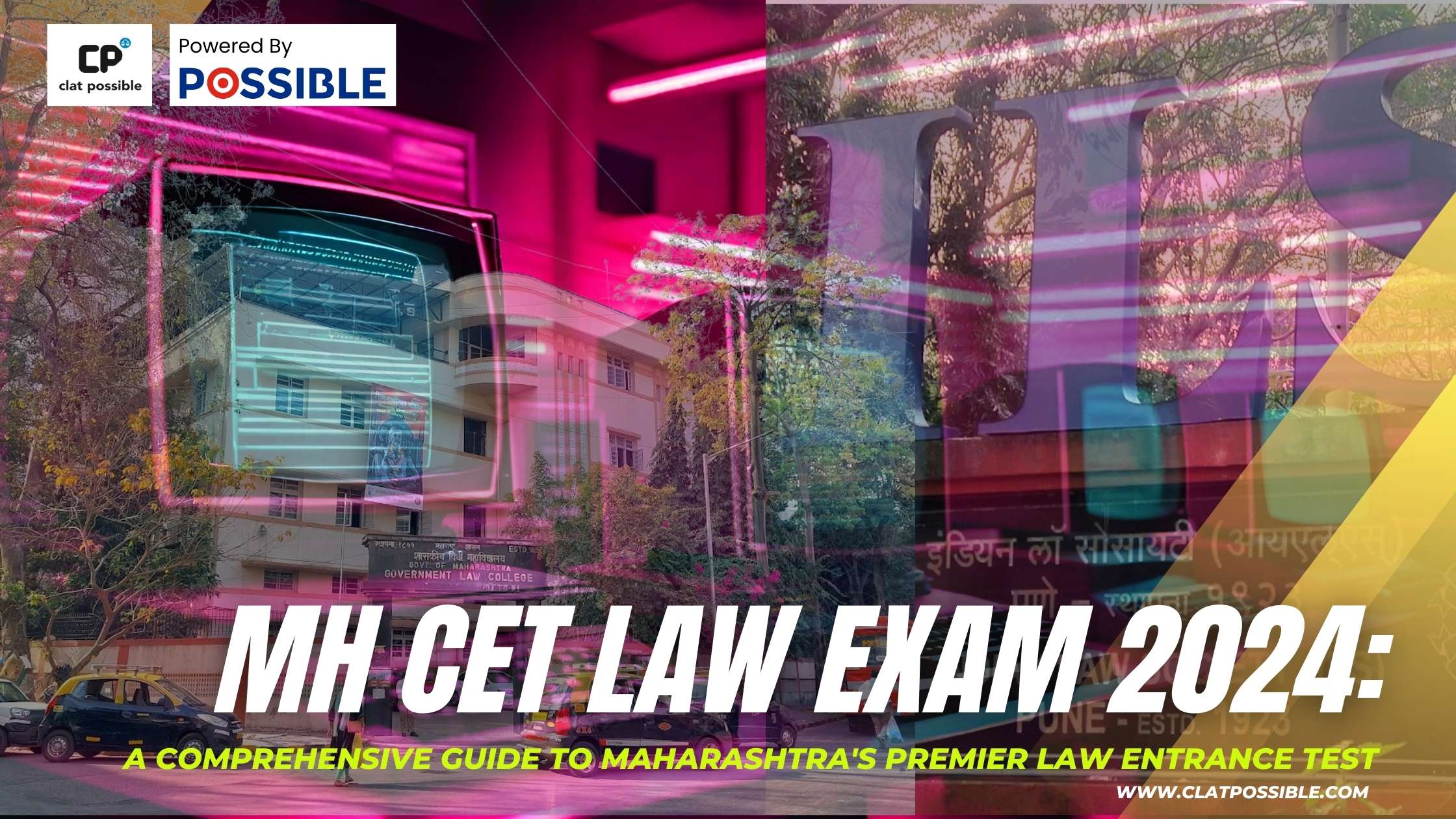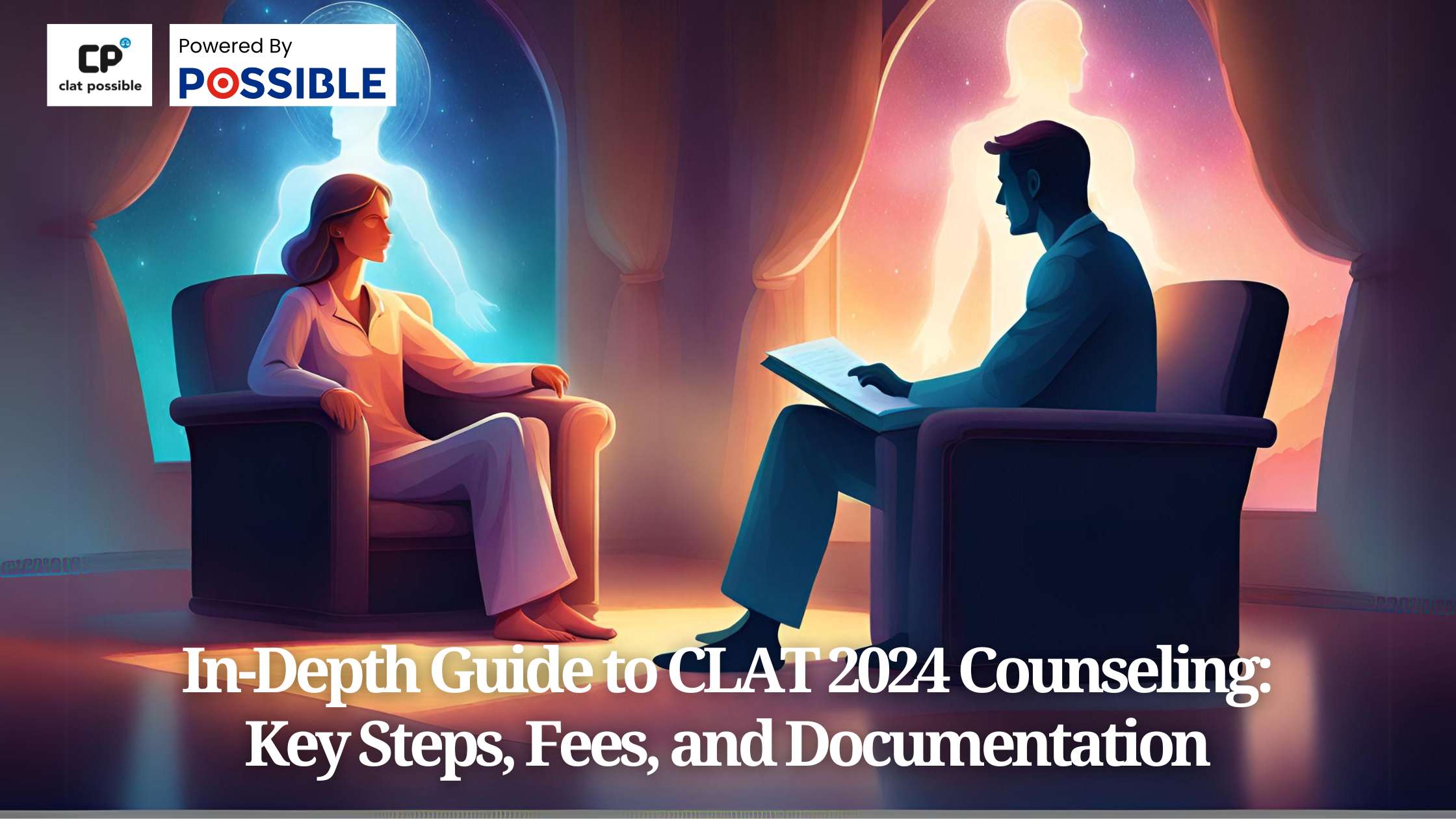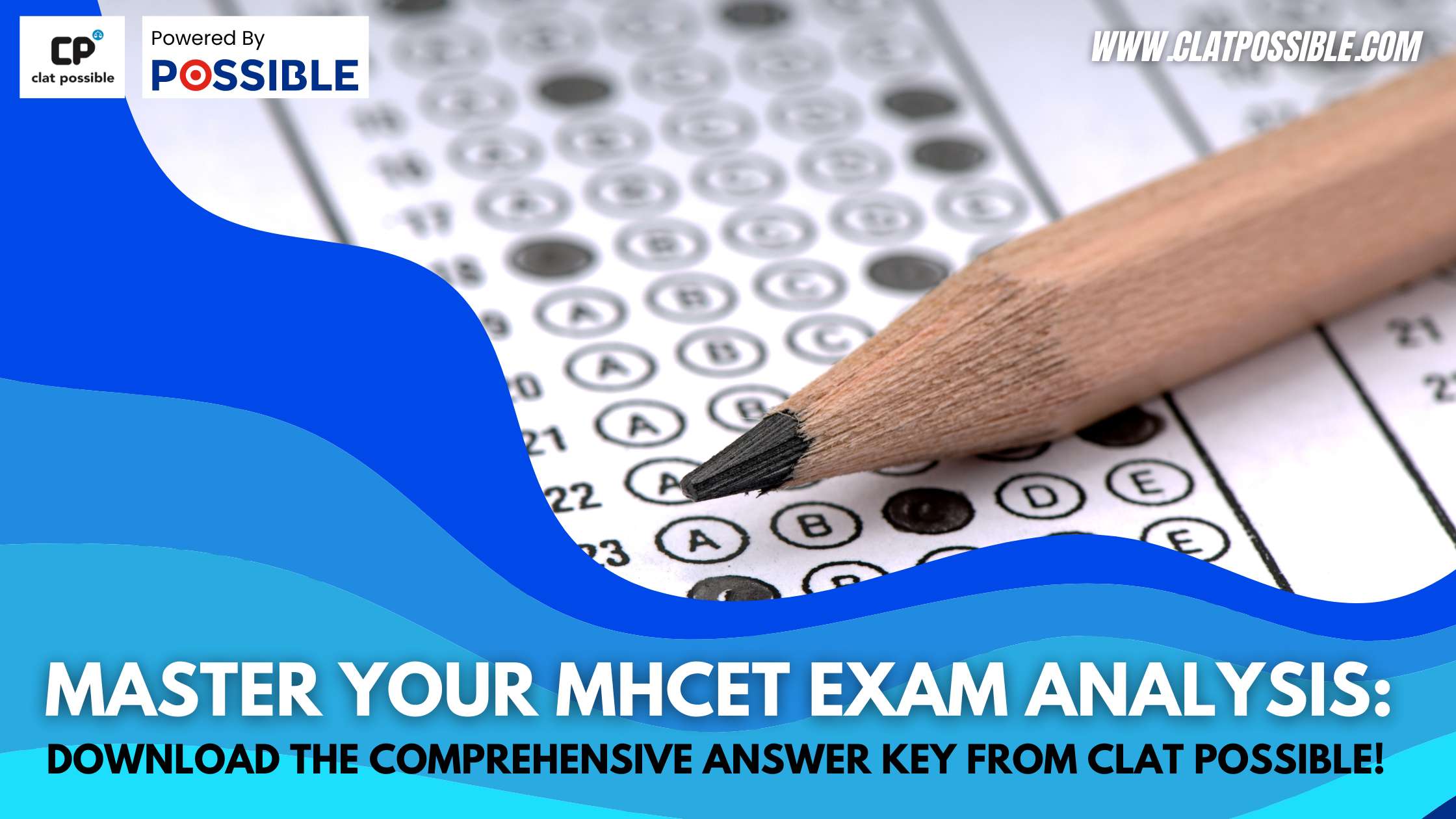
Introduction
Embarking on a law career begins with understanding your performance in pivotal exams like MHCET. The key to this understanding lies in a thorough analysis of your responses. At Clat Possible, we offer an MHCET Answer Key that goes beyond mere answers. It’s a comprehensive guide to evaluate and enhance your exam strategy, tailor-made for aspiring law professionals.
DOWNLOAD MHCET PREVIOUS YEAR QUESTION PAPER AND ANSWER KEY HERE!
Our MHCET Answer Key is an essential tool for law aspirants. It does more than just list the correct answers; it provides an insightful breakdown of each question. This detailed analysis helps you identify not only your strengths and weaknesses but also understand the exam pattern and question styles. Such in-depth analysis is critical in refining your approach to complex legal problems and enhancing your critical thinking skills, key components in the field of law.
DOWNLOAD MHCET PREVIOUS YEAR QUESTION PAPER AND ANSWER KEY HERE!
At Clat Possible, we pride ourselves on offering an exclusive, enriched version of the MHCET Answer Key. This isn’t just a set of solutions; it’s a compilation of expert insights and detailed explanations provided by seasoned law educators. Our answer key provides a unique perspective on each question, delving into the legal concepts and reasoning behind them. This approach not only helps in understanding the right answers but also in grasping the underlying legal principles, an invaluable asset for your law entrance preparation.
DOWNLOAD MHCET PREVIOUS YEAR QUESTION PAPER AND ANSWER KEY HERE!
Gaining access to our comprehensive answer key is simple yet immensely beneficial. By signing up and sharing your details, you unlock a wealth of personalized resources tailored to your law entrance exam needs. This includes the answer key, bespoke study materials, and access to our unique learning ecosystem. Your personal data is the key to a customized learning experience, helping us to provide you with tailored guidance, study plans, and resources that align with your specific preparation needs and goals.
DOWNLOAD MHCET PREVIOUS YEAR QUESTION PAPER AND ANSWER KEY HERE!
Moreover, by downloading our answer key, you become part of an exclusive community of law aspirants. This community access facilitates peer learning and exchange of strategies, adding another layer to your preparation. You also get timely updates and insights about the law entrance exam landscape, keeping you ahead in the competitive field.
DOWNLOAD MHCET PREVIOUS YEAR QUESTION PAPER AND ANSWER KEY HERE!
Conclusion :
In conclusion, the Clat Possible MHCET Answer Key is more than just a solution set – it’s a comprehensive guide for your law entrance exam journey. It equips you with the necessary tools and insights to critically analyze your performance and strategically prepare for future challenges. Download it today and embark on a more informed and confident path in your pursuit of a successful law career.
For more informative blogs on MHCET Prep, Click Here
ALSO CHECK OUT A VIDEO GUIDE ON HOW TO PREPARE BY DR. SURABHI MODI SAHAI LISTED BELOW

